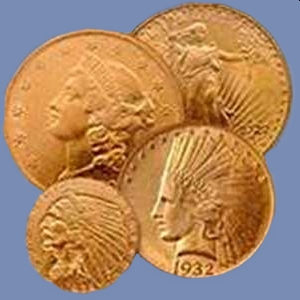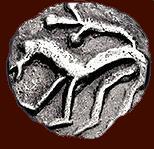








Designed by Nigel G Wilcox






The Paragon Of Metal Detecting
& Archaeology
& Archaeology
Powered By Sispro1
Anglo-Saxon & Viking A.D. - Currency Numismatics,
For Reference ONLY
Everything For The Detectorist
Denier
Copyright All Rights Reserved by Nigel G Wilcox E-Mail: ngwilcox100@gmail.com
Viking Menu
Viking Anglo-Saxon Menu
Main Coin Menu
Viking Menu
Viking Timeline
Anglo-Saxon Timeline
Henry II. (der Zänker)
(*951, † 28. 8. 995 in Gandersheim)
Duke of Bavaria (955-976, 988-995) and Duke of Carinthia (since 989)
Origin of his epithet: this was because of his rebellious attitude towards his cousin, King Otto II. He was called "der Zänker" meaning "the quarrelsome". This nickname is only verified since Aventin (~ 15th century).
Henry II. comes from the saxonian house of the Liudolfinger. His parents were Duke Henry I. (a brother of Otto the Great) and his wife Judith. He was married with Gisela of Burgundy. The son of the "Zänker", Heinrich II., the Saint was elected to be King of Germany in 1002 and in 1014 to be Roman emperor. His daughter Gisela was married by Duke Vajk, who later became King Stephen of Hungary.
953
During the liudolfingian uproar Henry II. and his mother Duchess Judith were temporarily banned from Bavaria.
955
After his father’s death the duchy of Bavaria along with the county of Verona are transferred to the four-year-old, for the time being underage under his mother’s administration. By the end of the 60s he finally takes over administrational affairs.
974
Henry initiates a conspiracy against his cousin Otto II. with Bischop Abraham of Freising and the dukes Boleslav II. of Bohemia and Mieszko I. of Poland. (He probably felt offended by Otto’s policy, that was determined to limit the influence of the Bavarian duke.)
The plan is discovered and Henry is imprisoned at Ingelheim.
976
After his escape he starts over to fight for Bavaria again and is beaten once again by Otto II. He disengaged him from his duchy, making Henry flee to Bohemia. The remains of Bavaria (i.e. without Carinthia and the Italian realms) were given to Otto of Swabia.
977
After having regained once again parts of Bavaria, Henry II. is bet while fighting for Passau and banned to Utrecht/Netherlands.
983
Otto II. dies. Henry attempts unsuccessfully to retain control of the realm by applying for guardianship of Otto III.
985
As a compensation Henry II. is reinstated as Duke of Bavaria after having fought Henry III. who had been named holder of his chair in the meantime.
989
After the death of Henry III. he even receives back control over the duchy of Carinthia.
In his later years Henry II. concentrated on the interior extension of his territories (Ranshofen laws, 995) and supported the launch of the first ecclesiastical reforms.
991
Henry II. beats the Hungarians (on an unknown battlefield).
995
Henry II. passes away while visiting his sister Gerberga in Gandersheim.
He is buried in St Emmeram at Regensburg.
Richer, a contemporary chronicler, describes Duke Henry as follows: "He was of noble origin just like Otto, had a beautiful and strong stature, was ambitious but plotting, had a lively spirit but was faithless. Out of domineeringness he made friends with all villains who either were already sentenced or bound to be; just those most depraved and unscrupulous elements of society were around him."
Nevertheless he was never able to gain full control over the realm. In addition he lost most of his father’s territorial gains during the numerous uproars. Bavaria lost thereby the importance of being the one alpine duchy connecting the two parts (the German and the Italian) of the Holy Roman Empire.
Importance for Passau:
The city of Passau was severly damaged during the uproars, Henry II. "der Zänker" had initiated. Otto II. had rapidly managed the threat by his ambitious cousin after the changes in government of 973. But the deposition of the "Zänker" didn’t really result into a relief of the situation. Henry II. tried another uproar in an alliance with two of his liudolfingian relatives, Duke Henry of Carinthia and Bishop Henry of Augsburg, occupying Passau in the summer of 977. But the city had already been the setting of combat action in the year before and as a result subject to further devastation. In July 976 the emperor allowed Bishop Pilgrim to keep parts of the city’s taxes and customs duties as remuneration and gave him the Marienabtei (a local monastery). During the siege and takeover of Passau at the end of September 977 the city then had apparently completely brought down by imperial troops. Once again the emperor rewarded Pilgrim with Ennsburg castle along with tenRoyal Mansions that were situated nearby the city of Lorch. But it is at least doubtful, to what extent the emperor was responsible for the city’s destruction. It is just possible as well that Otto had the city’s fortification torn down to take away every opportunity from Henry II. to settle once again at this important bridgehead to Bohemia. As a result, this confrontation finally turned out to be a great success for Bishop Pilgrim: the Duke was once and for all expelled from the city and by giving away the Abtei Niedernburg monastery, the kingdom had given up it’s point of influence in the city voluntary; from then on the Bishop had no more serious rivals for governing the city.
Pages
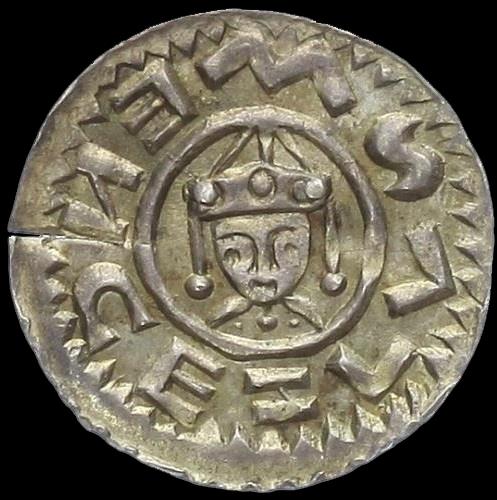
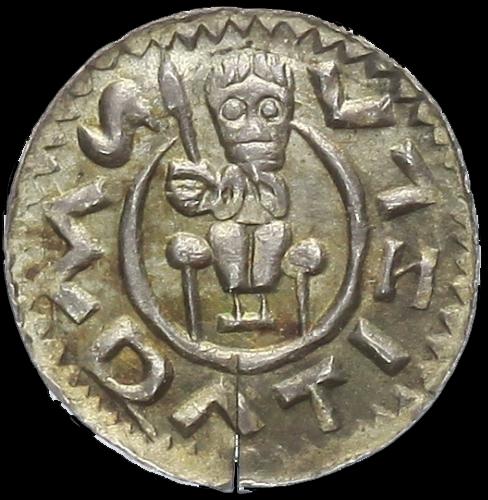
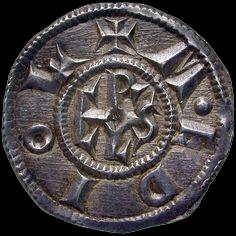

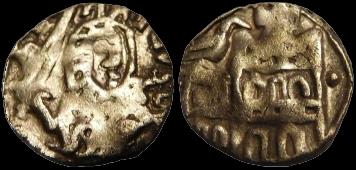
Viking to Anglo-Saxon Menu
Member NCMD
V. Menu
Information Data
Main Coin Menu


